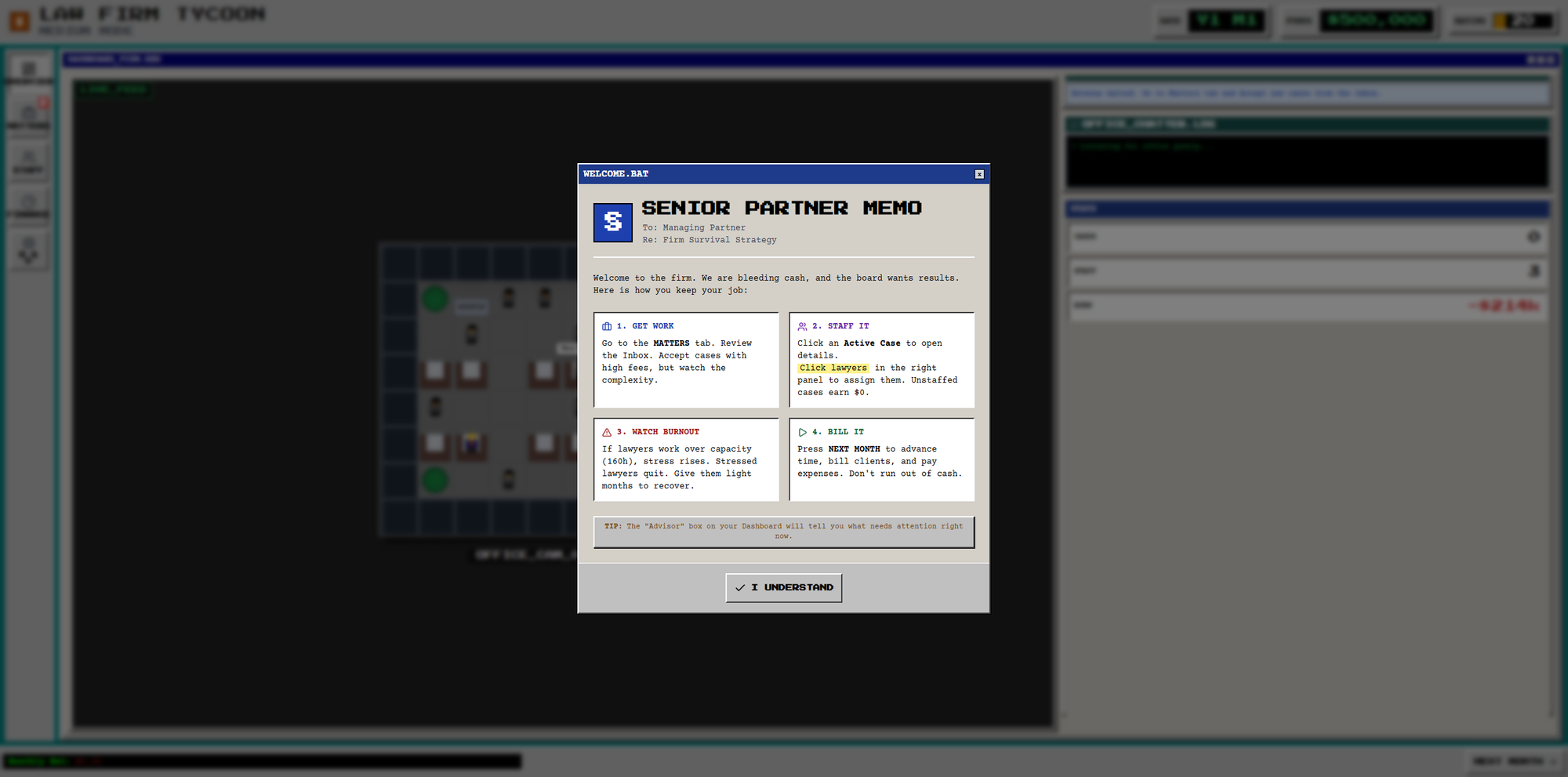The Silent Productivity Leak Inside Every Law Firm

A presentation by Justin Shriber captured a tension every professional services firm is dealing with. While his talk was aimed at sales leaders, the core concept applies equally well to knowledge workers. He draws a line between $5,000 tasks and $5 tasks, and the distinction is sharper in law firms than almost anywhere else.
Firms hire top talent for judgment, strategy, and the ability to navigate complex, high‑stakes work. Partners and senior associates are brought in for the $5,000 tasks. They are hired to build client relationships, develop strategy, and solve problems that require experience and expertise.
Then we bury them in process and administrative work.
In sales, the $5 tasks are CRM updates, data entry, tedious deal updates, and repetitive internal forecasting. Necessary, but not what makes a top performer great.
In law firms, the list is painfully familiar. Narrative time entry, searching across fragmented systems, managing deadlines, delegating tasks, and keeping matters on track. Necessary work, but not the work lawyers are hired to do.
Most lawyers spend more time in the $5 tier than anyone wants to admit.
The friction this creates is not the minutes lost (though that is a problem), it's the cognitive drag. Shriber points out that high performers resist these tasks because they are wired for outcomes. Sellers want to sell, and Lawyers want to focus on legal work. Every time we force a strategist to context‑switch to a low‑value task, we not only lose billable time but also erode their focus, which is the foundation of high‑value legal work.
This is where agentic systems come into play.
For Shriber, this is a Revenue Graph, a layer that quietly gathers signals from across systems and provides the right context without manual effort. For law firms, the analogue is perhaps a Matter Graph. For example, a workflow where the “bad cop” enforcing OCG compliance is not a practice leader but an agent that flags issues the moment they appear; where information retrieval feels automatic, and where the relevant document or email is available, connected to the task at hand.
This shift reframes the role of automation. We are not only trying to save time on $5 tasks. We are trying to protect the integrity of the $5,000 tasks.
The tasks that define the profession are strategy, judgment, advocacy, and client trust. The tasks that slow the profession are overhead, compliance checks, digging through matter history across email and document silos, tracking who owns which task, following up on stalled streams of work, managing handoffs, formatting documents, and routine drafting. The $5,000 vs $5 lens makes the distinction explicit.
Identify the high‑value work. Protect it ruthlessly. Use technology to eliminate or contain the low‑value work.
Most firms are still in the early stages. Trust in new tools varies by team and practice. Progress is uneven, and much of the friction sits in the day-to-day work lawyers carry out without noticing.
For most, the starting point is to ask yourself a simple question: in the last day, how much of your effort went to the $5,000 work, and how much slipped into the $5 tier?
Finds

Gemini 3 is out //
I had seen lots of leaks and murmurs about how good Gemini 3 might be, and it was officially released today. I’ve spent about an hour with it so far, and it seems very capable. I was able to create “Law Firm Tycoon,” a game I had had in mind for a while, in that hour. This review from Matt Shumer sums it up well: “I keep reaching for it, not because it's perfect, but because when it's right, it's brilliantly, almost humanly right.”
How AI Moats Are Built ▶️ //
Deedy Das (Partner at Menlo Ventures) shares how lasting advantages in AI come from tackling tough technical challenges early, before they become trendy. Giving an example of Anthropic’s rapid rise is fueled by breakthrough products like Claude Code and a unique culture, making it hard for others to catch up once big enterprises commit. This will be particularly interesting with the Gemini release and OpenAI focusing on taking the engineering market share.
Some BigLaw Associates can allocate up to 20% of billable hours on AI training //
Ropes & Gray is letting first-year associates spend up to 20% of their billable hours learning and experimenting with AI, rather than serving clients as they would traditionally do. The firm wants young lawyers to build crucial tech skills as AI becomes an essential part of legal work, even though this shift means sacrificing some revenue.
Until next time.






Become a Fringe Legal member
Sign in or become a Fringe Legal member to read and leave comments.
Just enter your email below to get a log in link.